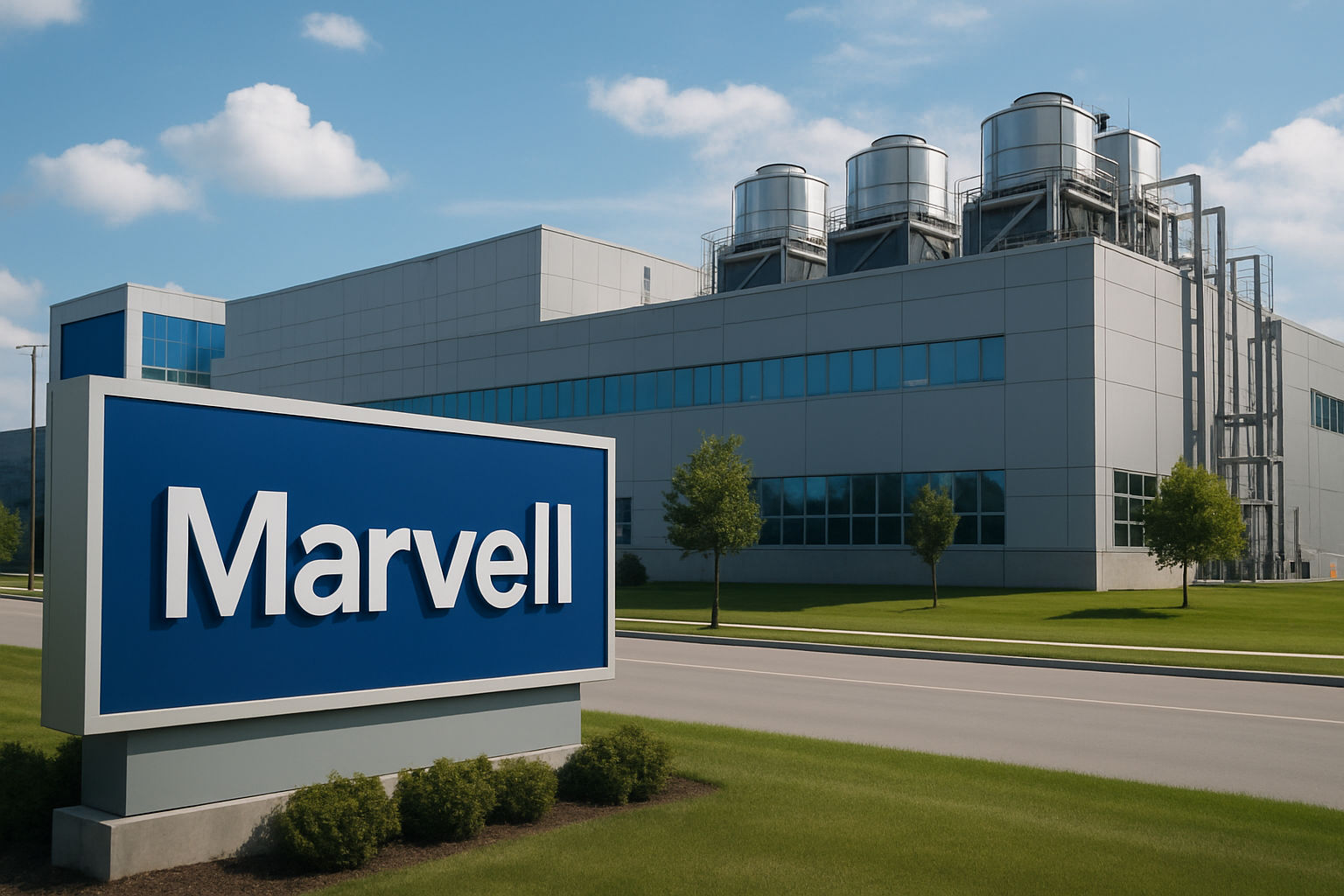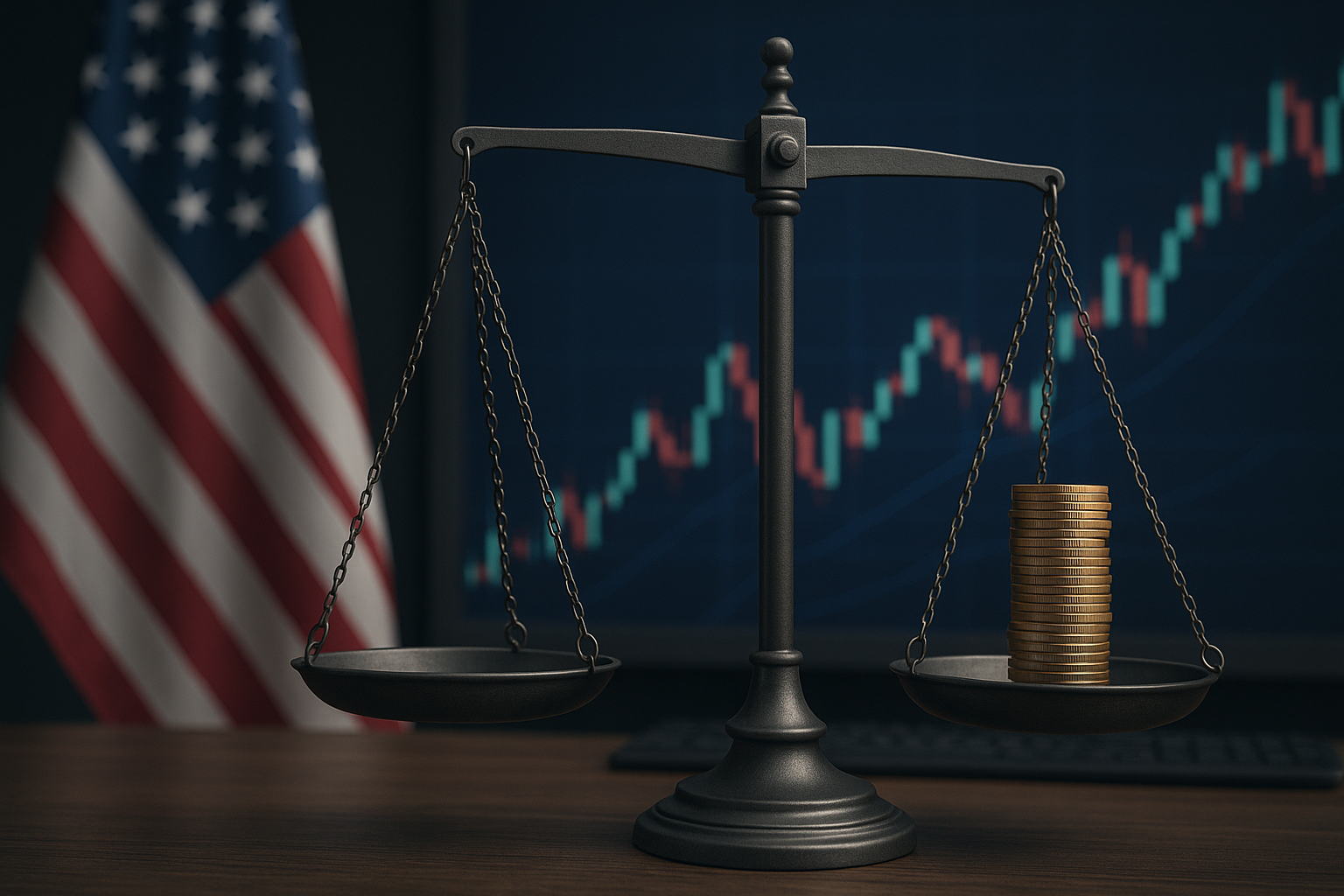🎬 AI Meets the Picket Line – And Wall Street Should Pay Attention
After months of uncertainty in Hollywood’s production pipeline, the Screen Actors Guild-American Federation of Television and Radio Artists (SAG-AFTRA) has reached a tentative agreement with major studios that includes a pivotal clause: protections against unregulated AI use. While this may appear to be a labor issue at first glance, the deal strikes at the heart of a growing concern among investors — how artificial intelligence will be integrated, regulated, and monetized across the $2 trillion global media and entertainment industry.
As AI technologies become increasingly embedded in everything from script generation to digital likeness replication, this agreement may serve as the first in a series of regulatory and contractual standards that shape how companies like Netflix (NASDAQ: NFLX), Disney (NYSE: DIS), and Warner Bros. Discovery (NASDAQ: WBD) deploy AI — and how investors should position their portfolios accordingly.
📊 The Deal: A Milestone for Labor, a Signal for Investors
According to reporting from Game Developer, the new agreement includes specific provisions that prevent studios from using AI-generated likenesses of actors without consent and compensation. While full details remain under wraps pending ratification, insiders suggest it includes both restrictions on deepfake-like technologies and clauses regarding generative AI usage in voice and performance replication.
The move follows rising tension in the industry as performers increasingly raise concerns about AI displacing human labor — not just in physical roles, but in synthetic voice acting, digital doubles, and automated scriptwriting.
This is not an isolated trend. The Writers Guild of America (WGA) also reached a landmark deal last year with similar AI limitations. Combined, these agreements mark a shift toward institutionalized resistance to unchecked AI integration in the entertainment industry.
💡 Why This Matters for Investors
1. Rising Regulatory Headwinds for Generative AI
The entertainment sector was an early adopter of generative AI tools, experimenting with everything from automated editing to AI-generated content. However, as more unions push back against these practices, studios will likely face rising costs tied to compliance, licensing, and AI governance.
Investors should note: while AI promises productivity gains, its deployment in creative industries is now being tethered by legal and ethical constraints. Companies relying heavily on cost-cutting via AI may face slower adoption curves and increased legal liabilities.
2. Valuation Implications for Tech Vendors and Studios
AI solution providers focused on media — like Adobe (NASDAQ: ADBE), OpenAI partners, and generative video startups — may see varied impacts. If industry-wide standards emerge requiring human oversight or royalties for AI-generated work, revenue models for these vendors may need revision.
For media giants, strategic AI implementation will likely need to pivot toward augmentation rather than replacement — maintaining human elements while enhancing efficiency. That could shift capital allocation strategies in Q3 and Q4.
3. Content Pipeline Risk is Now Labor-Linked
Studios that ignore or inadequately address labor concerns risk future production delays. Last year’s strikes cost the U.S. entertainment sector over $6 billion, according to data from the Milken Institute. Avoiding such disruptions is now closely tied to how companies manage AI inclusion.
🔮 Future Trends to Watch
- Union-Driven AI Governance: Expect other global unions — from the UK’s Equity to Canada’s ACTRA — to follow suit, pushing multinational studios to adopt uniform AI policies.
- Legislative Acceleration: With the U.S. Federal Trade Commission and EU regulators already probing generative AI, labor-driven deals may influence upcoming legislation.
- ESG Reporting Impact: AI-related labor practices could emerge as a new axis in ESG (Environmental, Social, Governance) reporting, especially in “S” (Social) metrics.
- Content Authenticity Markets: New technologies that verify human-created content may gain traction, creating opportunities for startups focused on media provenance and watermarking.
🧭 Key Investment Insight
Watch for increased capital investment in AI compliance, legal tech, and human-in-the-loop creative platforms.
Studios and vendors that embrace AI responsibly — aligning with labor demands and ethical standards — are poised to lead. Investors should monitor how companies balance innovation with regulation, particularly those with significant exposure to synthetic content generation.
Look for disclosures in upcoming earnings calls from companies like Disney, Paramount Global, and Netflix, focusing on how they plan to integrate AI in line with union agreements.
📰 Stay Ahead with MoneyNews.Today
As AI and regulation continue to collide across industries, investor opportunities — and risks — will hinge on understanding not just the technology, but the social contracts forming around it. Follow MoneyNews.Today daily for real-time, investor-focused coverage of AI, policy, and emerging market movers.





